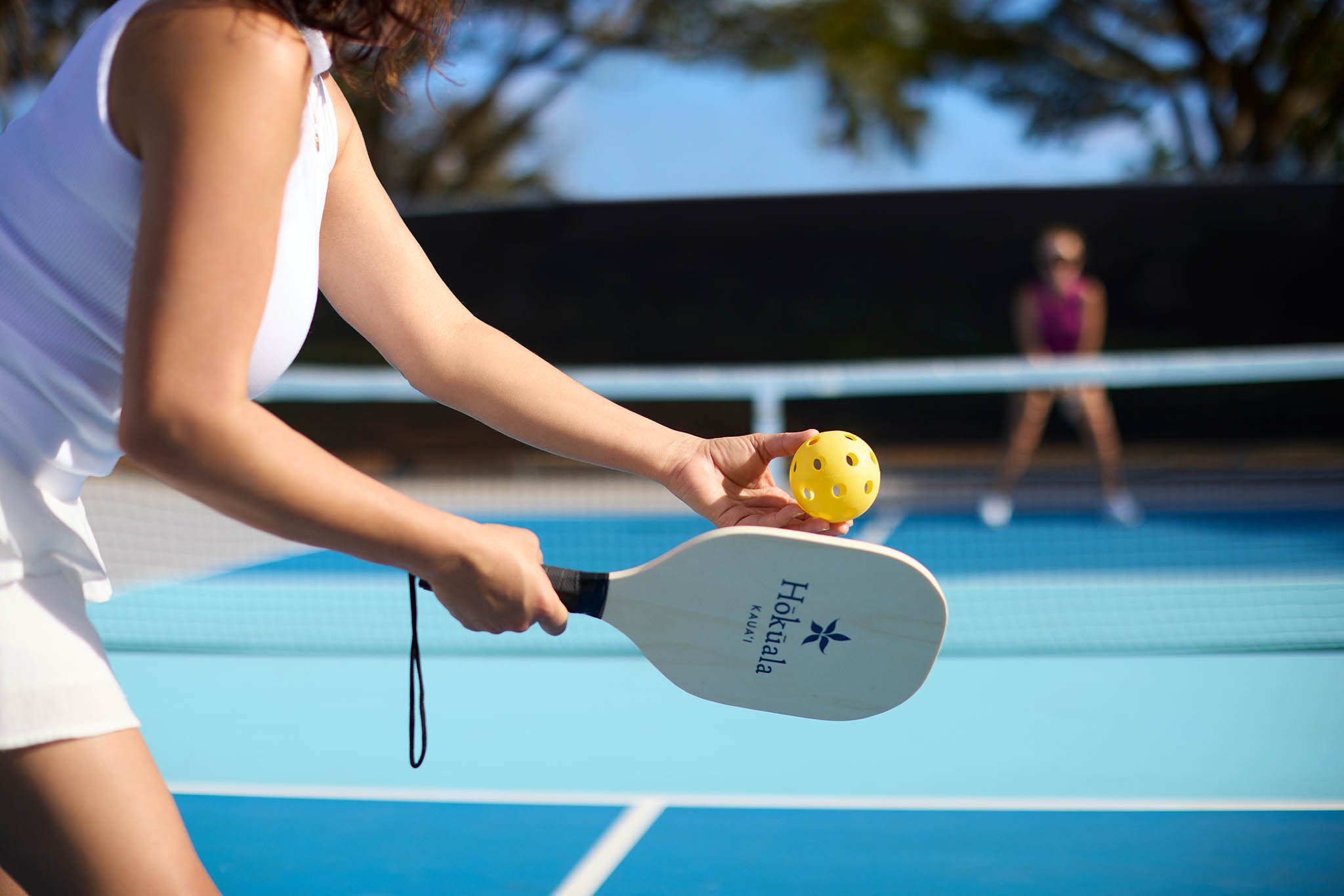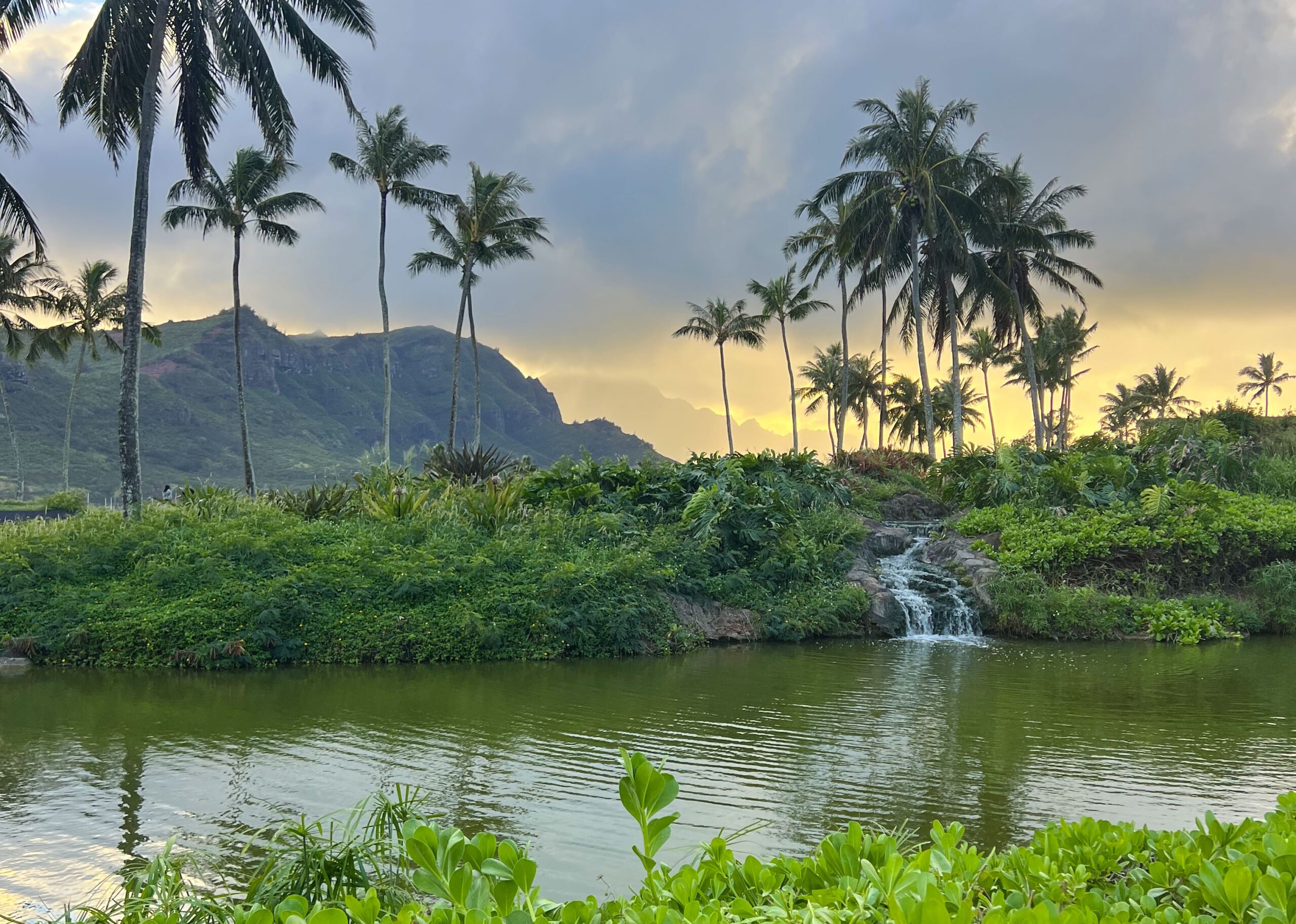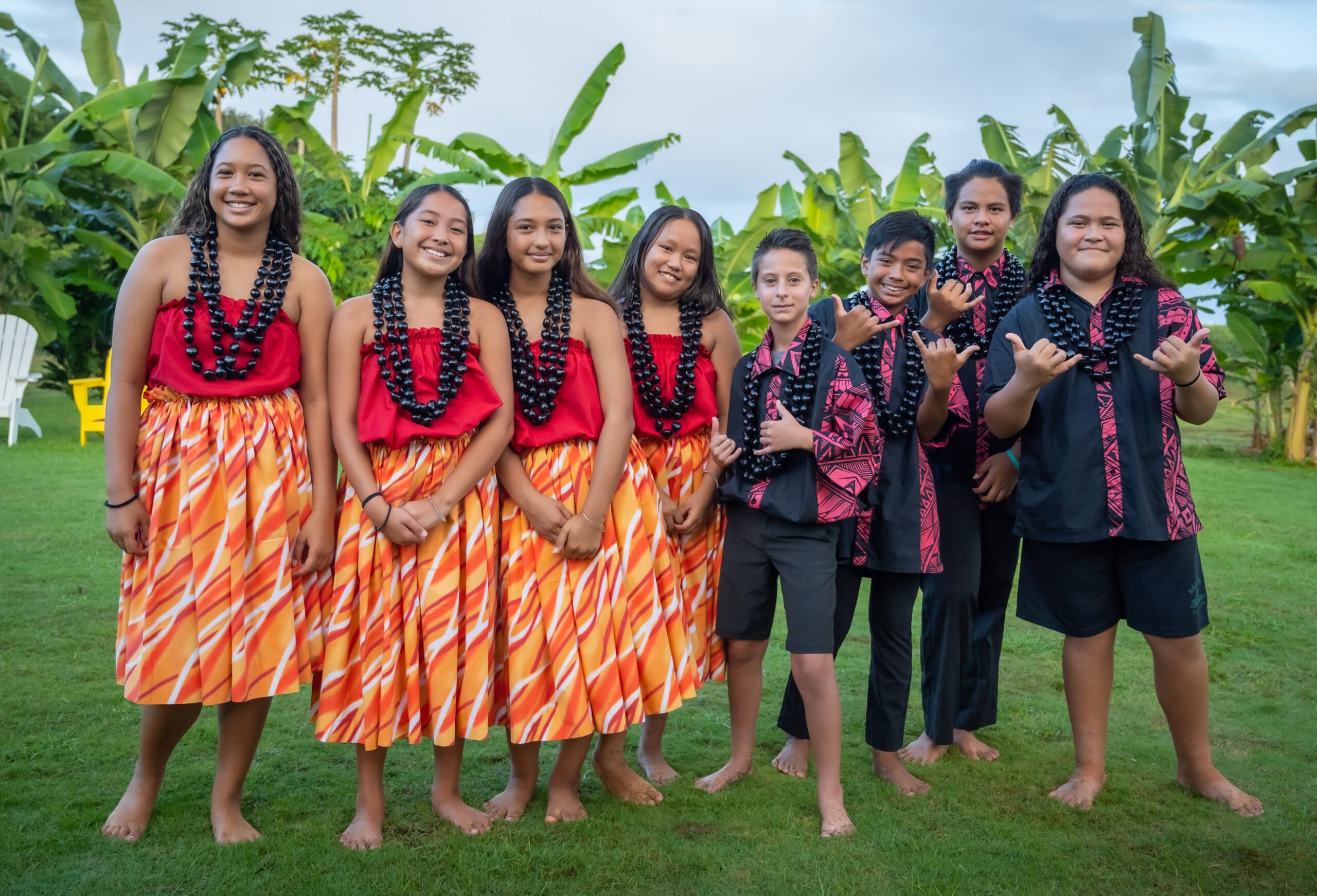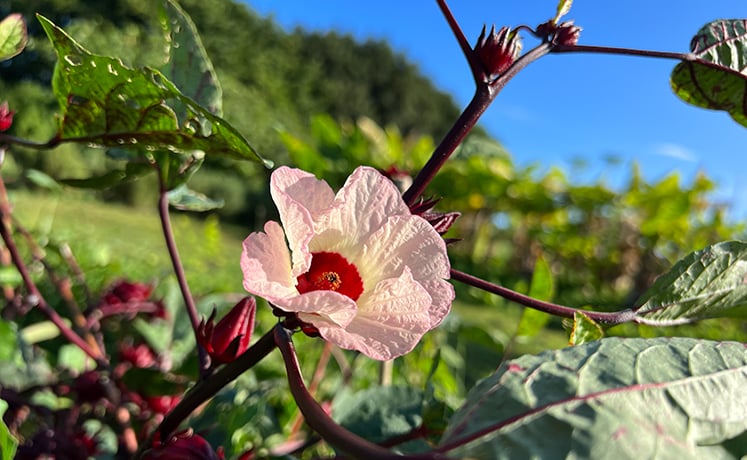Experience the Kaua'i Museum
March 04, 2022

Entering the Kaua‘i Museum’s doors is truly like being transported in time. A hybrid of cultural and natural history, visitors are invited to experience the evolution of Kaua‘i and Ni‘ihau on their own, or with the friendly and knowledgeable guidance of the staff. From plantation culture and untold stories of the Hawaiian Monarchy, all the way to surf culture and locally-sourced historical art, the Kaua‘i Museum has been an institution of cultural preservation for over 60 years.
TRADITION
Tradition, or moʻoʻōlelo, is so deeply ingrained in Hawaiian culture. Previous generations were discouraged from speaking native Hawaiian in public and forced to assimilate in certain capacities, so some of those traditions were lost along the way. Hawaiian is now mandatory in schools, and the younger generations are embracing their heritage in a way previous generations were unable to. The museum invites visitors – local or tourist – to become a part of Kaua‘i’s story by learning about the history of the land and its people.
THE EXHIBITS
In 2016, artifacts from Liholiho’s Pride joined the exhibits at the Kaua‘i Museum. This exhibit includes artifacts from Kamehameha II’s lost yacht, once anchored in Kaua‘i’s own Hanalei Bay.
The artifacts from King Kamehameha II’s, Ha’aheo o Hawai’i, or Liholiho’s Pride tell a much more interesting story than the luxury of former royals. Kamehameha II actually kidnapped the beloved King Kaumuali‘i, who ruled Kaua’i and Ni’ihau in the early 1800s. King Kamehameha II feigned friendship on a trip to visit King Kaumuali’i on Kaua‘i, and tricked the king onto his yacht, and set sail for Oahu. Once arrived, King Kaumuali’i was forced to marry Ka’ahumanu, the widow and favorite wife of King Kamehameha I. The union solidified the last reigning king of Kaua’i to be the last ever, and in 1824, Kaua‘i’s status as a separate kingdom — which only had legitimacy so long as he lived — passed away with him.

In a recent blog on canoe crops, we discussed how the native Hawaiians utilized their resources by using everything they could from a plant. For example, the coconut tree’s fronds were used to create thatched roofs (secured by rope created from the fibers of the tree) much like the hale featured in the early Hawaiian section of the museum.

Built by Kaina Makua of Waimea, Kaua‘i. The loulu (fan palm leaf) was used to thatch the roof and the ‘a’ali’i (native wood) and iron wood (introduced species) were used for the framing.

While visiting this stunning museum, you will get the chance to see these rare shell lei made only on the island of Ni’ihau the most treasured lei throughout Hawai’i.
Did you know there was technically another island in Kaua‘i County? 17 miles off the west coast of Kaua‘i is Ni‘ihau, or the Forbidden Island. It was purchased for $10,000 by the Sinclair family for ranching purposes in 1864, and it’s remained frozen in time in a sense since. There are few modern amenities – or paved roads. The small community of around 200 live in a village called Pu‘uwai on the westside of the island, hunting and gathering for sustenance, and communicating in their native language.

Did you know that one of the most important chiefs in Hawai‘i was a woman? Chiefess Kamakahelei ruled over Kaua‘i and Ni‘ihau during a time of power struggle and war throughout the islands, and was Ali’i Nui (Paramount Chiefess) at the time of Captain Cook’s arrival. It is said that she was instrumental in the peaceful treatment of Cook and his crew. She was a compassionate leader who peacefully bridged the gap between the native Hawaiians and the first foreigners to arrive on the island.
These and so many more exhibits are available to be seen in person, or via virtual tour at the Kaua‘i Museum. The Kaua‘i Museum has been a constant as far as providing several generations a place to connect to their past, and honor the island that they call home. It is an authentic Kaua‘i experience not to be missed.
Visit for a day or become a member and support their efforts.






